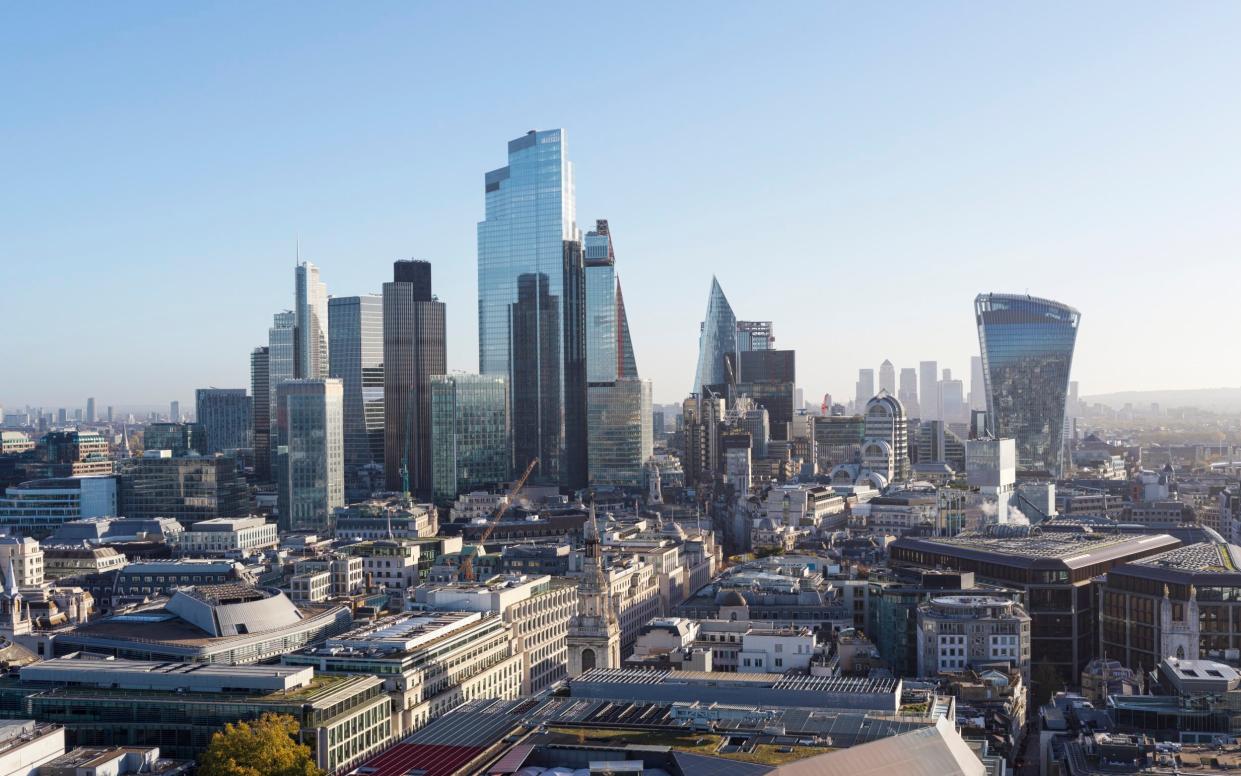This insurer proved its mettle and its special dividends are investors’ reward

It really has to be good for this Yorkshireman to extol the virtues of anything to do with Lancashire but last week’s full-year results from Lancashire Holdings, the Lloyd’s of London syndicate manager, appear to more than justify our faith in the stock since our tip in May 2021.
We have needed plenty of patience, but the shares are trading at their highest level in more than three years.
Strong price increases, higher investment returns (thanks in part to higher bond yields) and skilled underwriting in its specialist areas of insuring (and reinsuring) across aviation, property, marine and energy are all turning into healthy profits at the manager of the Lloyd’s 2010 and 3010 syndicates.
Higher claims owing to natural disasters, higher repair costs thanks to inflation and higher costs of capital are all undeniable challenges for non-life insurers (and reinsurers) such as Lancashire.
But this combination is also taking capacity out of the insurance market at a time when demand is increasing. As a result, for those players strong enough and smart enough to withstand the storm, headline insurance rates are rising, and savvy specialists such as Lancashire are achieving rapid premium growth as a result.
Gross premiums written rose by 17pc in 2023, thanks to firm pricing and what chief executive Alex Maloney termed “the best market conditions we have seen for a decade”.
Meanwhile, natural disasters in America, New Zealand and Turkey have not led to losses of any great substance relative to the company’s capital base or book of business.
In 2023 net losses from catastrophe, weather and large loss events came to just $106m, down from $329m in 2022, when Hurricane Ian alone cost the company $181m.
This is all helping to boost the “combined ratio”, a key measure of profitability for the industry. A combined ratio of less than 100pc means the insurer is in profit and a figure above it means the insurer is in loss.
Higher interest rates, and costs of capital, have not just helped Lancashire by draining away supply from the market. They have driven up bond yields and provided the FTSE 250 company with a second tailwind in the form of higher returns on its $2.5bn investment portfolio.
As a result of all these trends, profits have surged once more. After two fallow storm-and-war-tossed years, Lancashire has just made its highest profits for a decade.
Consequently, the company is increasing its cash returns to shareholders. An increase in the final dividend to $0.15 from $0.10 in 2022, an interim dividend of $0.05 and two special dividends of $0.50 apiece take the total payment for 2023 to $1.15, or around 90p, enough for a 14.2pc yield at the current share price for anyone who bags all four payments.

This marks a return to form for Lancashire, which had last paid a special dividend in 2018. But even though profits may be at a decade high, the share price is around a quarter below its record level.
Perhaps this is because the dividend has yet to return to the record highs of more than a decade ago.
Perhaps it is because investors simply do not believe the company can continue to generate the profits it is making, and dividends it is paying, at a time of ever-growing concern over war in eastern Europe and the Middle East, increased tension between the West and China, not least over Taiwan, and climate change.
Yet Lancashire proved its skill during the very tough period of 2017-22 when interest rates were zero, investment returns minimal and catastrophe losses elevated.
The company negotiated all those challenges and has begun to reap the benefits as demand rises at a time of crimped capacity, thanks to those very same fallow years.
City analysts do expect further increases in profits, thanks to the growth in gross premiums written seen in the past two to three years, while the development of Lancashire’s American business is laying a path for further expansion.
Nor should it be forgotten that Lancashire was incorporated nineteen years ago when it seemed as if the catastrophe insurance market was on its knees, in the wake of Hurricanes Katrina, Rita and Wilma.
The decision to raise $1bn in capital and start to underwrite business paid off handsomely.
The company has since declared more than 900p a share in dividends, including the final and the second special announced alongside the 2023 results, a figure that exceeds the current share price, so its long-term record stands up well.
There is still much to like about Lancashire. Hold.
Questor says: hold
Ticker: LRE
Share price at close: 634p
Russ Mould is investment director at AJ Bell, the stockbroker
Read the latest Questor column on telegraph.co.uk every Sunday, Monday, Tuesday, Wednesday and Thursday from 8pm
Read Questor’s rules of investment before you follow our tips


